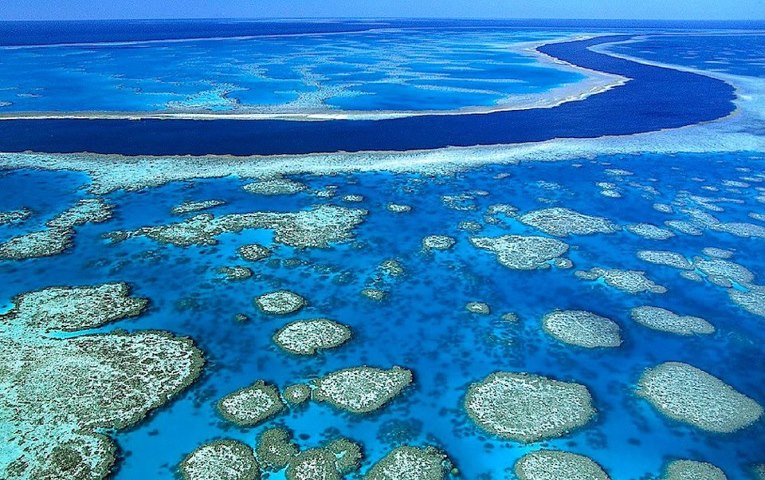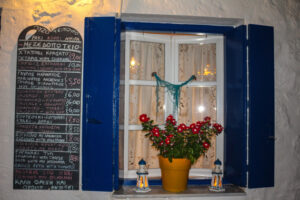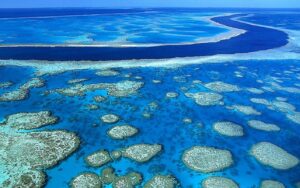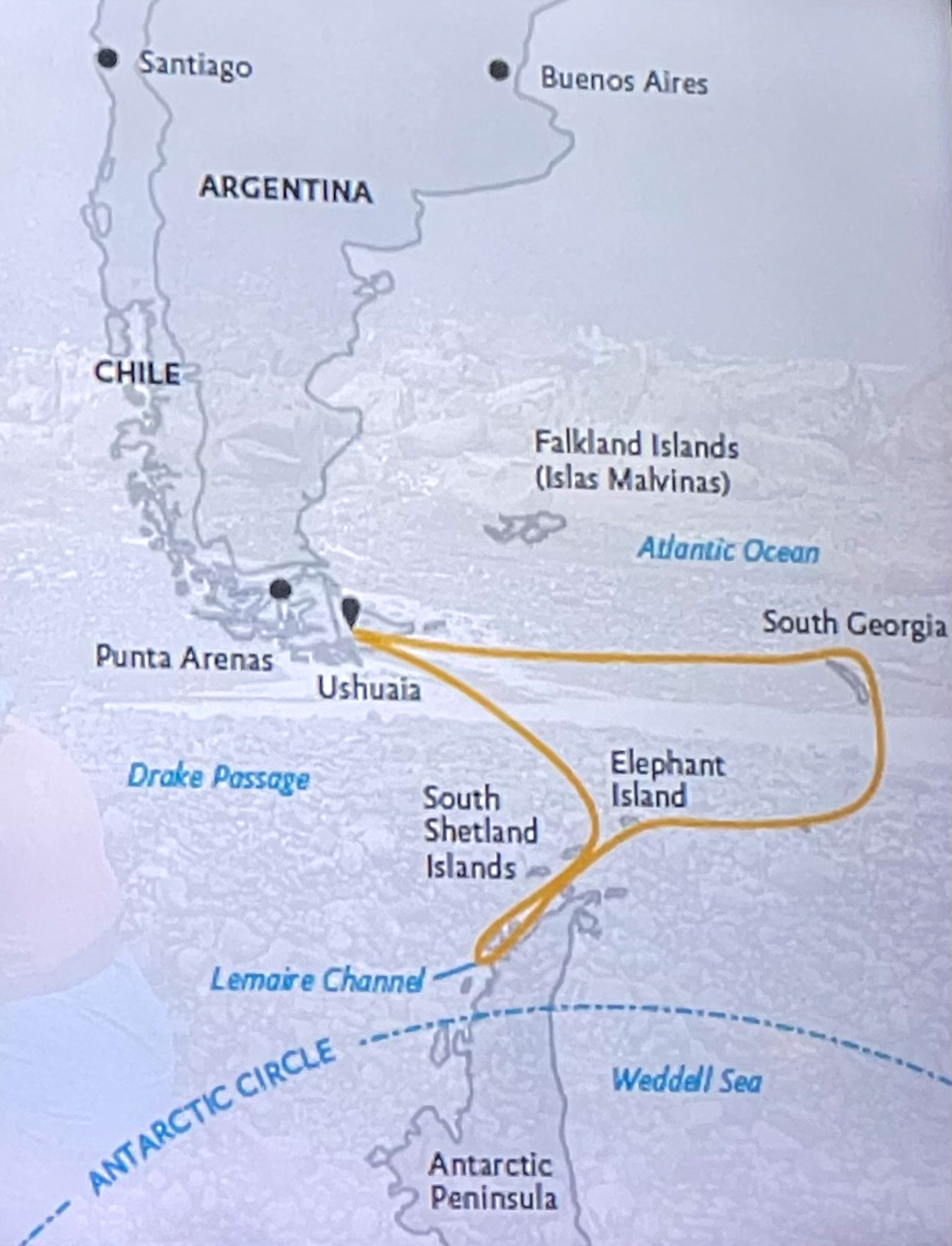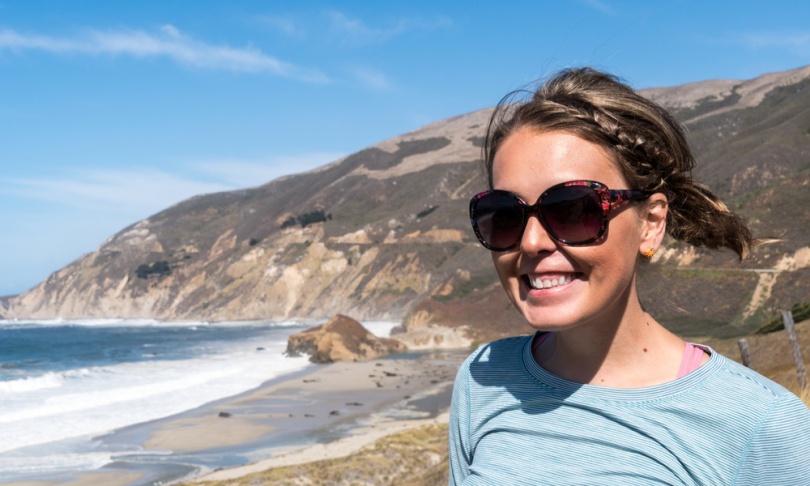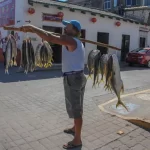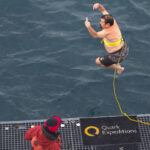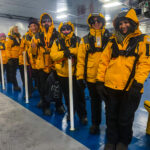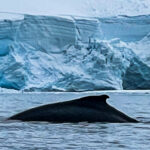Scientists use new technology to protect the world’s largest coral reef
The Unesco World Heritage Site, Great Barrier Reef, is the world’s largest coral reef ecosystem. Australia’s eco-marvel is also one of seven natural wonders. If you asked most travelers to Australia what their number one attraction is, most would rank the Great Barrier Reef atop their list.
It is the state of Queensland’s most valuable tourism asset, with around two million visitors snorkeling, scuba diving, and experiencing the humungous body of water each year. The fringing reef is a vital environmental necessity with an equally significant economic impact on surrounding islands and atolls.
If you’re a sports fan, you might marvel that the enormous Reef reaches the equivalent of 70 million football fields. There are close to 3,000 individual reefs. Its overwhelming size can be viewed from outer space. If you combined Holland, Belgium, and threw in the United Kingdom, the Great Barrier Reef would still be more extensive in size.
The marine life in the Great Barrier Reef is more significant than anywhere else on our planet. Protecting the inspiring Reef is crucial to our survival. Close to 2,000 species of fish, over 30 types of whales and dolphins, six breeds of turtles, and an abundance of close to 150 various sharks and rays.
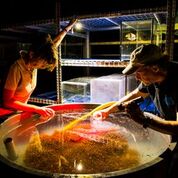
Coral reefs provide a source of seafood for people living in these bodies of water. Many medicinal components stem from the sea and can be found in human medicines; some are even used to treat cancer.
According to Greenpeace.org, in 2016, warming oceans caused the worst coral bleaching event in history on the Great Barrier Reef, and almost a quarter of the Reef’s coral died. If the Reef dies, these graceful sea creatures might die with it.
The Reef also provides a revenue stream created by tourism from those who visit Australia. As custodians of the Reef, Queensland’s tourism industry is committed to responsible practices and actively participating in programs to protect and sustain the Reef’s health and build stronger resilience. Vigorous efforts have been made to safeguard the fragile, vast marine ecosystem.
The Great Barrier Reef Foundation is the leading charity predicated exclusively on protecting the Great Barrier Reef through grants and funding projects grounded in science, technology engineering, and on-ground action to ensure its long-term conservation.
The Foundation is uniquely positioned to lead the collaboration of business, science, government, and philanthropy to deliver projects that fill gaps and accelerate the results needed to positively impact the Great Barrier Reef and reefs globally.
A groundbreaking coral reef experiment likened to the world’s largest In Vitro Fertilization procedure attempts to recreate damaged sections of a large living organism.
With assistance from the Great Barrier Reef Foundation, it was 35 years ago that marine biologist Peter Harrison began conducting experiments to sustain the area’s precious marine life at the Heron Island Research Research Station.
“Australians are fortunate because we have spectacular natural landscapes found nowhere else on the planet. When I went up to the Barrier Reef for the first time, I was amazed at the different colors and shapes of the corals. Without healthy reefs, we lose millions of species on our planet. Reef restoration is a potential means to regenerate this reef, but reefs worldwide,” mentions Professor Harrison.
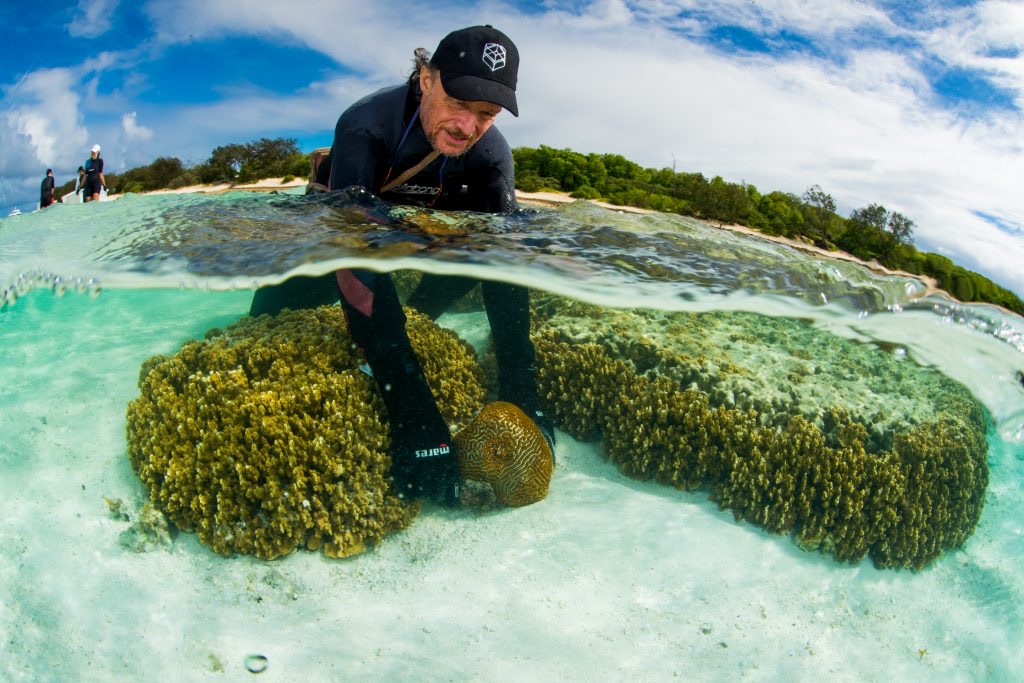
In November 2016, millions of microscopic sperm and eggs were harvested from last year’s annual coral spawning event and placed into giant tanks for fertilization. The produced coral larvae deposited back onto the Reef show signs of a thriving larval settlement.
“This is the first large-scale study of its kind, and our research shows that we can help corals reproduce successfully by increasing larvae settling on the Great Barrier Reef and allowing them to develop into juvenile corals,” said Professor Harrison.
“From our previous studies, we know that microscopic larvae, once settled, can grow into dinner plate size corals in just three years and become sexually reproductive.”
“The success of this project on Heron Island could increase the scale of coral restoration on the Great Barrier Reef in the future; if we can fast-track coral growth and regeneration and apply this to other areas of the Reef, we hope to see larger areas of healthy coral that can be enjoyed by generations to come,” mentioned Harrison.
Jacques Cousteau once rated Heron Island’s prime location as one of the Top 10 dive sites in the world.
Heron Island’s Resort is open to visitors. “Travelers to Heron Island come for the technicolored underwater marine world just footsteps from the resort rooms,” mentions marine and activities manager Alison Cross.
“We get divers, snorkelers, and first-time marine enthusiasts, and most are aware of the challenges facing the Great Barrier Reef, so they are fascinated to learn that studies are being done right here to protect its future,”
A life-building and economically sustainable asset. In June 2017, Deloitte Access Economics released a report that valued the Great Barrier Reef at a $60 billion asset with an annual economic contribution of over $7 billion.
The success of the larval reseeding project at Heron Island is a marker of hope for restoring areas of the Great Barrier Reef previously affected by coral bleaching.
Like any parent-to-be, Professor Harrison will anxiously monitor both coral colonies’ growth and refine techniques for future application to other areas of the Great Barrier Reef.
Heron Island, once rated by Jacques Cousteau as one of the Top 10 dive sites in the world, was well-qualified for pioneering reef studies.

“It’s not just about tourists who visit us from around the world to acclimate into the sheer magic of the Great Barrier Reef at Heron Island, but marine scientists also flock to the island to access one of the best state-of-the-art reef research laboratories in the world, the University of Queensland Research Station,” mentions Great Barrier Reef Foundation Managing Director Anna Marsden.
Researchers on the island are looking at innovations like larval reseeding to help coral reefs rebuild and adapt to live through everything the world throws at them and survive in the future.
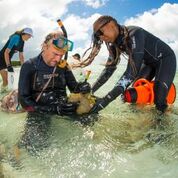
After a couple of challenging years for the health of the Great Barrier Reef, the staff on Heron Island are also looking forward to sharing a message of hope with their guests.
“We get divers, snorkelers, and first-time marine enthusiasts, and most are aware of the challenges facing the Great Barrier Reef, so they are fascinated to learn that studies are being done right here to protect its future,” mentioned Cross.
“The Great Barrier Reef is Australia’s greatest treasure, and once guests see its beauty, they fall in love and become passionate advocates for its protection.”
Professor Harrison and his team at the Heron Island Research Center worked alongside the Great Barrier Reef Marine Park Authority project, made possible through a donation by Stephen Fitzgerald, the former chairman of Goldman Sachs Australia and New Zealand.
The groundbreaking achievement on Heron Island showcases that corals can successfully reproduce. There’s a long way to go, but the success of the larval reseeding project gives a glimmer of hope that the world’s most astonishing reef marvel can be replenished and saved.
“The sea, once it casts its spell, holds one in its net of wonder forever.”
Jacques Yves Cousteau.

